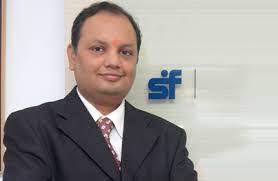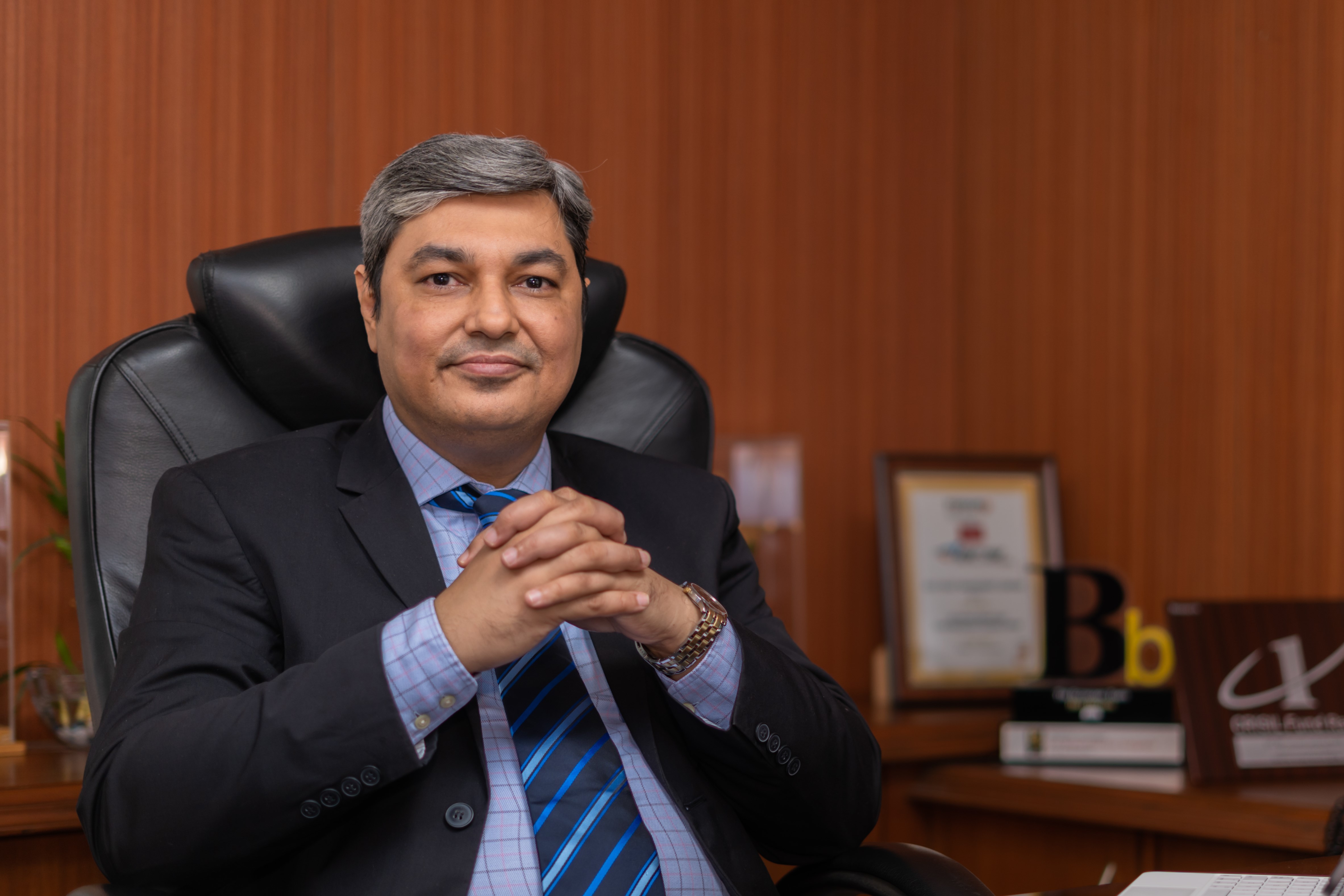Listen to this article
Debt markets remained volatile last month due to rate hike, weakening of rupee and rising inflation. How will these issues impact debt funds in November? Let’s hear what the experts have to say:
What to expect
Chintan Haria, Head- Product Development & Strategy, ICICI Prudential MF
- We expect repo rate hikes in the upcoming meetings due to high consumer prices, challenging global environment and inflation remaining above the RBI’s comfort zone
- Liquidity conditions may tighten further on the back of RBI's forex interventions, credit growth etc
- The longer-end has not moved much in the past but the scenario will change soon
- The short-end has taken the major brunt of policy normalization and will continue to rise
Dwijendra Srivastava, CIO- Fixed Income, Sundaram MF
- We expect a 25-35 (bps) basis points repo rate hike in the upcoming monetary policy primarily on account of the weakening rupee and inflation
- While government borrowings are already high, the overall tax collections have been healthy. Also, there is a likelihood of state loans picking up. In this context, the 10-year g-sec rates are likely to trade between 7.30-7.50%
- On the shorter end, a lot will depend on the rate hike cycle. The 3-month T-bill (Treasury Bill) is trading at 200-230 bps higher than the last six months and is likely to trade at even higher rates
Marzban Irani, CIO-Fixed Income, LIC MF
- After gaining clarity that index inclusion would take some time, the debt market was range bound. However, the coming months up to December are crucial
- Markets might witness rate hikes from the Federal Reserve and on the domestic front in the immediate future
- 10-year g-sec may trade in the range of 7.50-7.75% and the rates at the short end of the curve may remain higher till the liquidity conditions improve
Murthy Nagarajan Head-Fixed income, Tata Mutual Fund
- Rate hikes by RBI would depend on Federal Reserve commentary and their CPI (Consumer Price Index) inflation trajectory
- We expect the rate hikes to moderate and peak in the first quarter of next calendar year
- The 10-year g-sec yield is expected to trade between 7.25-7.50% as RBI rate hikes are likely to stop once CPI inflation comes below 6%
- Liquidity in the banking system is expected to be tight and RBI may do OMO (Open Market Operations) to increase liquidity. This should support the short end of the yield curve
What to recommend
Chintan Haria, Head- Product Development & Strategy, ICICI Prudential MF
- We recommend higher accrual schemes and dynamic duration schemes
- Floating rate bonds would continue to perform well
Dwijendra Srivastava, CIO- Fixed Income, Sundaram MF
- Investors with a longer term horizon, especially those looking at allocating into fixed income from a retirement perspective can consider longer duration funds
- Investors with a shorter investment horizon of up to 9-12 months can opt for medium term funds, short duration funds, medium to long duration funds or dynamic bond funds
- Also, those uncertain about market volatility but seeking return certainty can consider roll down strategies or target maturity funds
Marzban Irani, CIO-Fixed Income, LIC MF
- As yields have peaked, investors may invest in medium to long duration categories depending on their risk appetite and investment horizon
Murthy Nagarajan Head-Fixed income, Tata Mutual Fund
- Ultra short term bond funds for a 7 to 14-day horizon and money market funds where the horizon is 14 to 30 days
- Low duration funds for investors having a 1 to 3-month horizon and floating rate funds for a 3 to 6-month tenure
- Short term bond funds for investors looking to invest for 6 months to a year. Corporate bond funds and banking and PSU funds for a duration above one year
- Gilt funds for investors who can digest volatility





